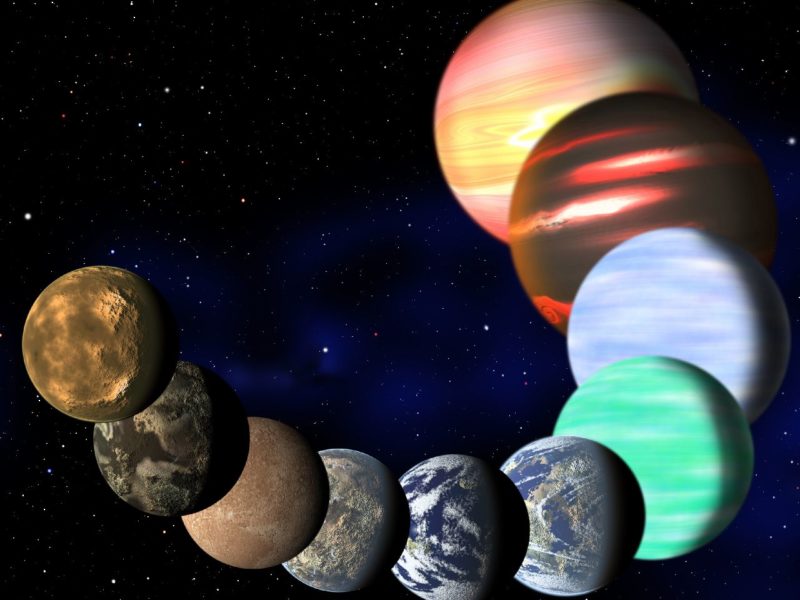Palo Alto, California – Ancient Peruvian temples may have been artfully crafted with acoustics in mind. Stanford University archeoacoustic researchers have reopened a study from the 1970’s, which involves testing the temple of Chauvin de Huantar, for acoustic patterns. The researchers found that the temple displays the ancients’ understanding of acoustics due to the way sound reverberates through the maze-like temple. They speculate that the builders of the temple designed it to make the sound of conch shells haunting, making it difficult to identify the origin of the sound in order to perpetuate the idea that the temple was haunted by a deity.
Lausanne, Switzerland – The Swiss Space Center is working on constructing a satellite whose sole purpose is to clean space junk out of high-Earth orbit, called CleanSpaceOne. The vehicle is designed to spot, track and latch on to pieces of space debris, dragging them into low-earth orbit so that they will burn up in the atmosphere. The types of space garbage that CleanSpaceOne is designed to pull out includes debris from collisions, old satellites no longer in use, and parts of spent rocket boosters. NASA currently tracks over 22,000 pieces of space debris.
Waltham, Massachusetts – MicroCHIPS Inc. has begun large-scale testing of a new drug administration system that involves implanting a small microchip under the skin of the patient. The chip links with a computer, and when prompted, delivers the medication. So far, patients have reported no discomfort due to the chip. Applications for this new chip could include daily administration of insulin for diabetics and other daily medications.
Austin, Texas – Hydraulic fracturing of natural gas wells deep underground, known as ‘fracking,’ has long been blamed for contaminating groundwater, due to seepage of the fracking chemicals into the water. In a new study released by the University of Austin, no evidence of fracking contaminating ground water has been found, lending some credit to the theory that because fracking takes place so far underground, it’s impossible for the chemicals to seep up into the water. The researchers found that there was still some contamination around well sites, but according to them was more likely caused by poorly lined wells or fracking fluid seeping out of containment ponds, not from the fracturing process itself.


'Scientific discoveries this week: 2-27-12' has no comments
Be the first to comment this post!